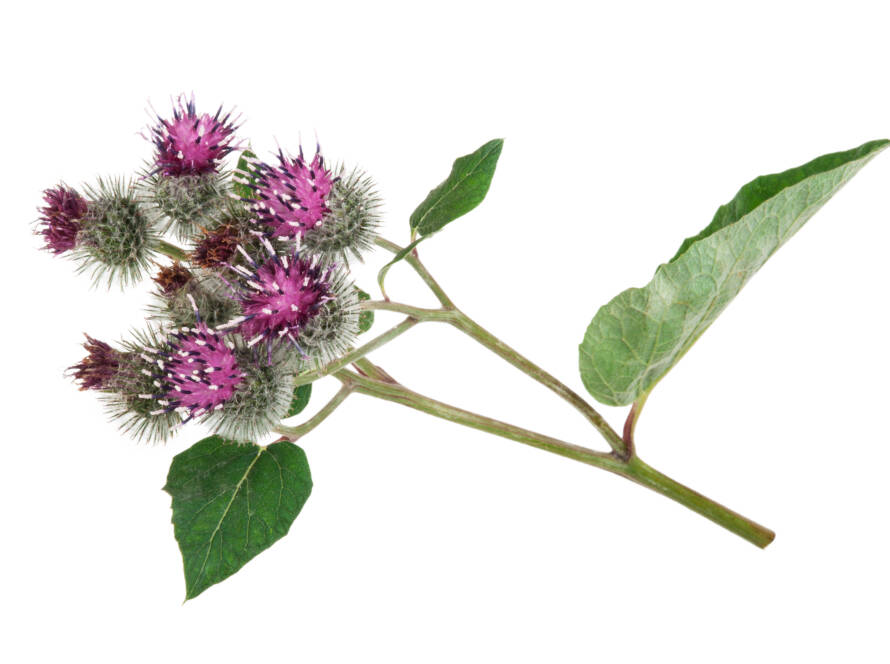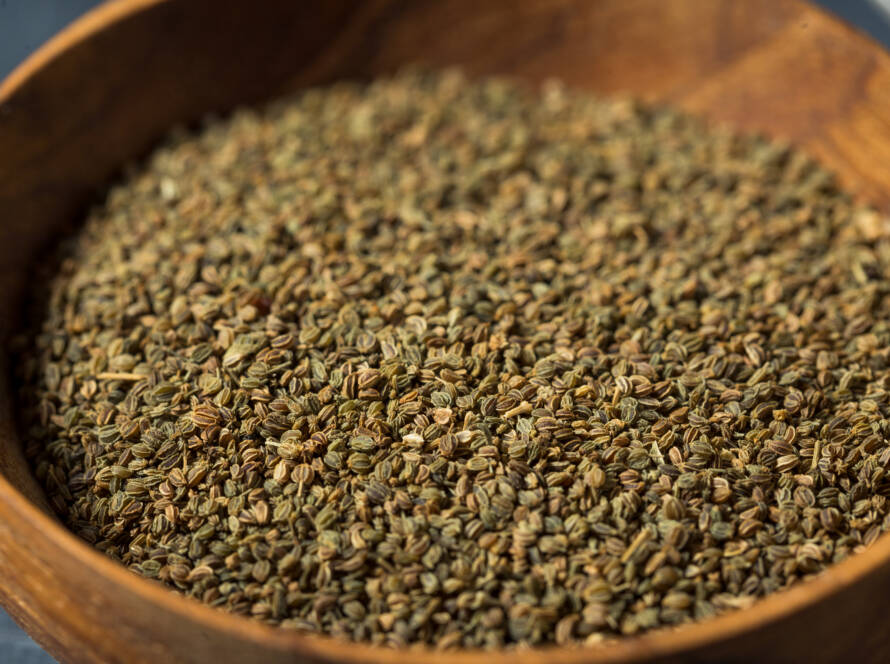Ginger
Here’s a concise overview of ginger, including its uses, potential side effects, and scientific insights:
Introduction
Ginger, scientifically known as Zingiber officinale, is a tropical plant valued for its flavor, aroma, and potential health benefits. The part of the plant commonly used is the rhizome, the underground stem.
Common Names
- Ginger
Uses
Ginger is utilized for various medicinal and culinary purposes, including:
- Treating stomach aches, nausea, and diarrhea in traditional Asian medicine.
- Serving as an ingredient in many digestive and cold/flu dietary supplements in the U.S.
- Alleviating nausea related to surgery, motion sickness, chemotherapy, and pregnancy.
- Addressing joint and muscle pain associated with rheumatoid arthritis and osteoarthritis.
Forms of Use
Ginger can be consumed in several forms:
- Fresh or dried root
- Tablets and capsules
- Liquid extracts (tinctures)
- Teas
Scientific Insights
Research findings on ginger include:
- Short-term use may effectively relieve pregnancy-related nausea and vomiting.
- Mixed results exist regarding its effectiveness for nausea from motion sickness, chemotherapy, or surgery.
- The efficacy of ginger for treating arthritis and joint pain remains unclear.
- Ongoing studies examine ginger’s interactions with medications and its safety and effectiveness.
Side Effects and Cautions
Ginger is generally safe in small doses, but some potential side effects include:
- Gas, bloating, heartburn, and nausea, particularly with powdered ginger.
- It is essential to inform healthcare providers about complementary and alternative practices to ensure safe and coordinated care.
Additional Resources
For more information, refer to resources such as the National Institutes of Health’s NCCAM page on ginger.
This summary encapsulates the essential information about ginger, its uses, and considerations for safe consumption.


